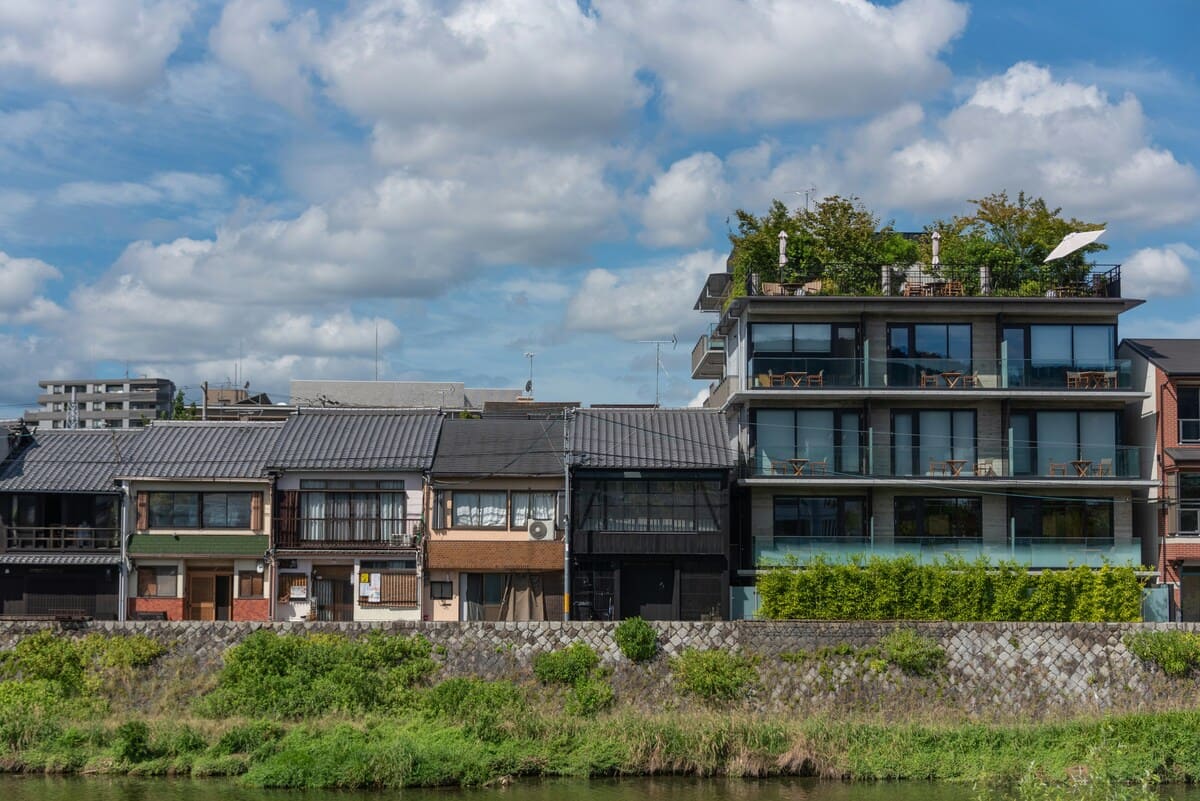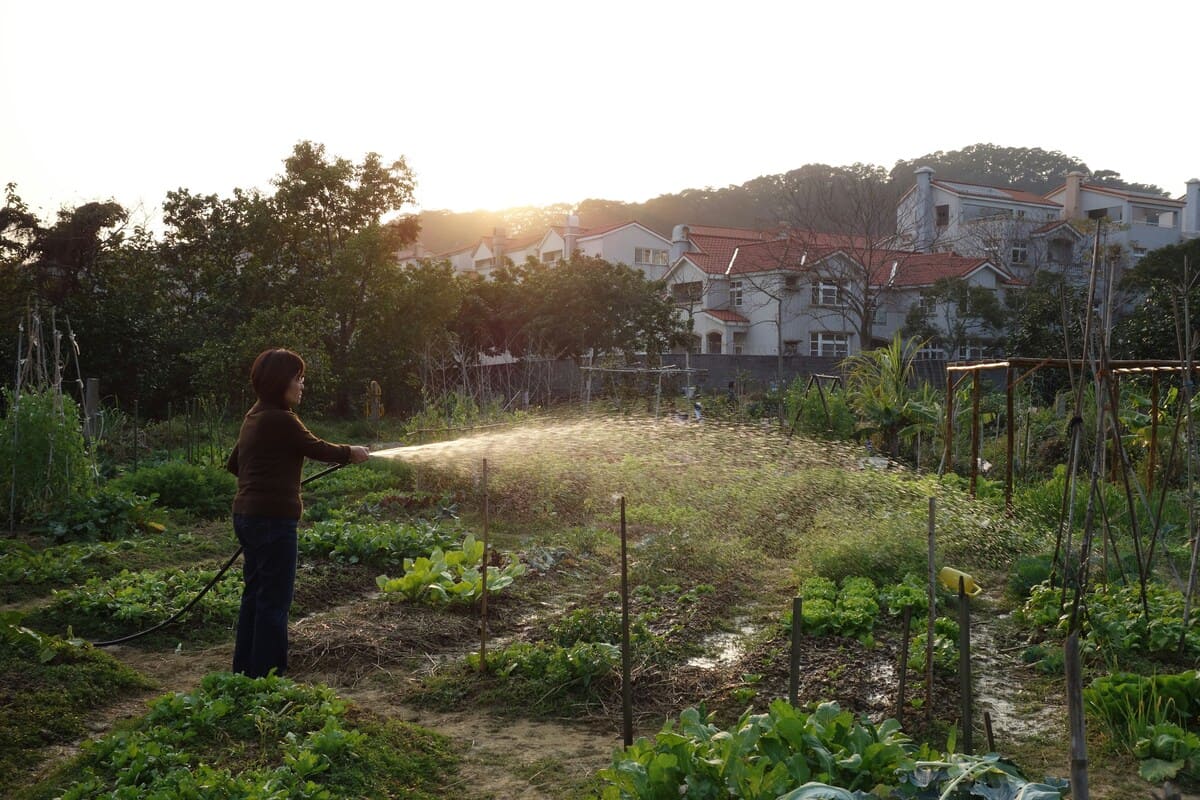Urban gardens are transforming cities around the world, providing not just beauty but also a powerful tool in the fight against climate change. As urban areas continue to expand, the need for sustainable practices becomes increasingly urgent. Urban gardens, whether on rooftops, balconies, or community plots, offer a myriad of benefits that contribute to environmental health, food security, and community well-being.
One of the most significant advantages of urban gardens is their ability to reduce the urban heat island effect. Cities tend to be warmer than surrounding rural areas due to the concentration of buildings and infrastructure that absorb and retain heat. Urban gardens help mitigate this effect by providing green spaces that cool the air through evapotranspiration. Plants release moisture into the atmosphere, which can lower temperatures in densely populated areas, making cities more livable during hot summer months.
Moreover, urban gardens play a crucial role in improving air quality. Plants absorb carbon dioxide and other pollutants while releasing oxygen, thus helping to cleanse the air. Studies have shown that urban greenery can significantly reduce levels of particulate matter and other harmful substances, leading to healthier urban environments. This is particularly important in cities where air pollution is a major public health concern.

A vibrant urban rooftop garden that contributes to cooling the city and improving air quality.
Enhancing Biodiversity
Urban gardens also provide essential habitats for wildlife, promoting biodiversity in urban settings. As natural habitats are lost to development, many species struggle to survive. Urban gardens can serve as refuges for pollinators such as bees and butterflies, as well as birds and small mammals. By incorporating native plants, urban gardeners can create ecosystems that support local wildlife, fostering a deeper connection between city dwellers and nature.
Additionally, these gardens can help combat food deserts—areas where access to fresh and healthy food is limited. Community gardens and urban farms enable residents to grow their own fruits and vegetables, improving food security and nutrition. This local food production reduces reliance on transportation, which in turn lowers greenhouse gas emissions associated with food distribution. Furthermore, growing food locally fosters a sense of community and encourages social interaction among residents.

A community vegetable garden thriving in an urban environment, promoting food security and social interaction.
Climate Resilience and Adaptation
Urban gardens also enhance cities' resilience to climate change. They can absorb excess rainwater, reducing the risk of urban flooding by allowing water to infiltrate the soil rather than overwhelming drainage systems. This is particularly important as climate change leads to more intense and frequent storms. By implementing green roofs and rain gardens, cities can manage stormwater effectively while simultaneously creating green spaces.
Furthermore, urban gardens can serve as educational platforms for sustainability and environmental stewardship. Schools and community organizations can use gardens as outdoor classrooms, teaching people of all ages about gardening, ecology, and the importance of local food systems. This education fosters a culture of sustainability, empowering individuals to make environmentally conscious choices in their daily lives.
In conclusion, urban gardens are a vital component in the fight against climate change. They not only enhance the aesthetic appeal of cities but also provide numerous environmental, social, and economic benefits. By embracing urban gardening, we can create greener, healthier, and more resilient cities for future generations.






